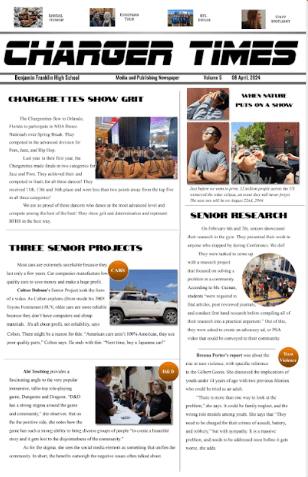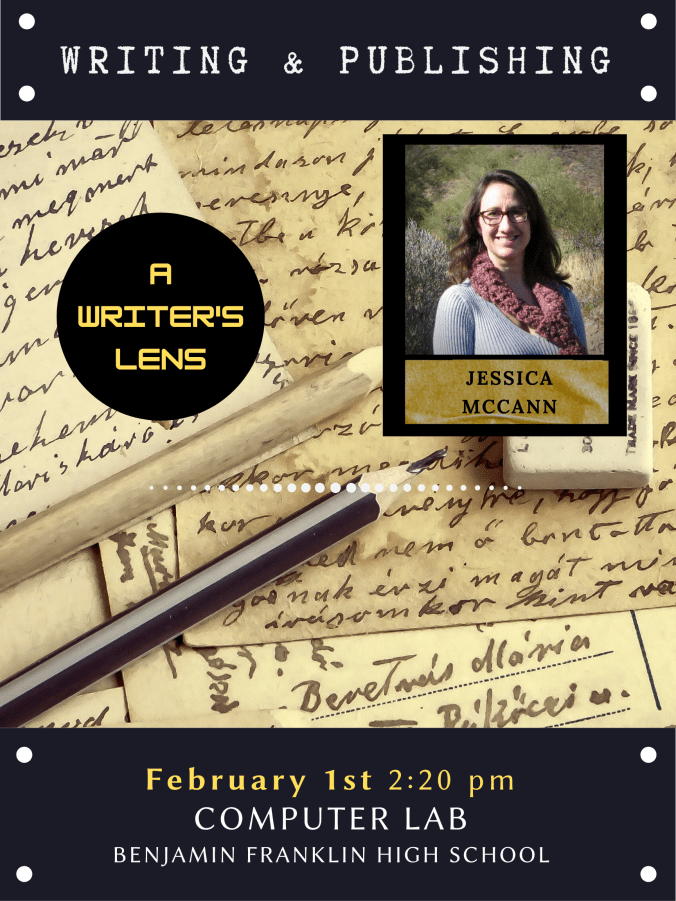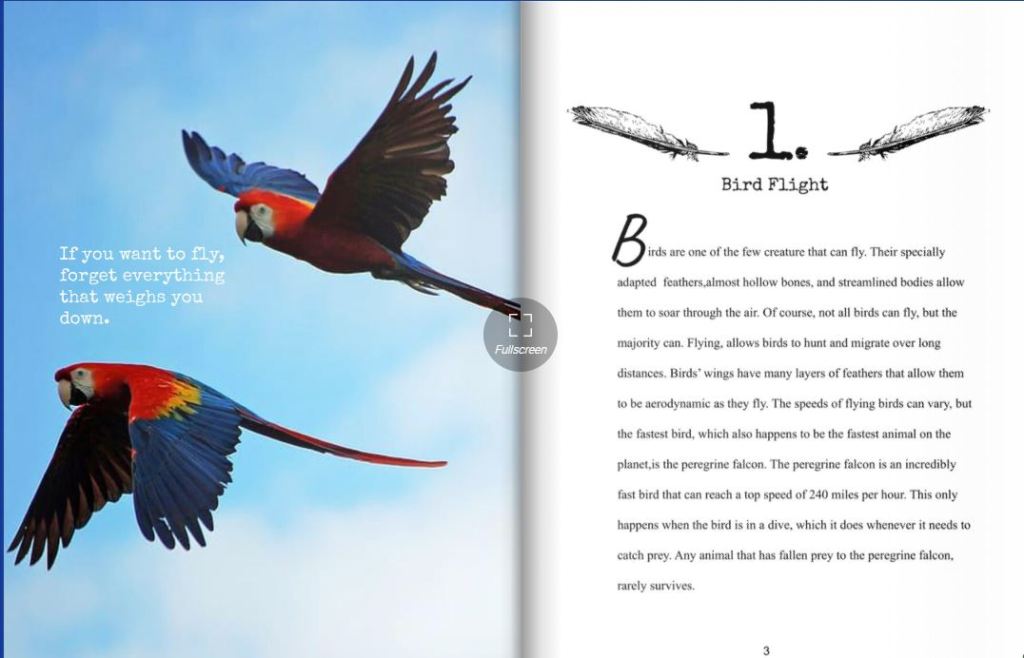Answer me this: QR code or printed menus? The smell of newsprint, or a PDF on your phone?
I only ask because I’m conflicted too. I use both. That PDF file on a six-inch screen is annoying to read, but is easily magnified with a two-finger ‘pinch’ of its vector format. A newspaper, however (folded and crumpled and even slightly out of date) still draws me in. I keep old copies of the Wall Street Journal in my magazine rack in my class (Note to Gen Z: Yes, magazine racks were once a thing!) This means reading material is just footsteps away from my students. No need to click, mess with captchas, or try to dodge that paywall.
There’s a deeper reason I ask ‘who reads news?’ I want to know who reads beyond the clickbait headline and the first graph? Video clips are the boss of news. At least in my network. Which brings me to the existential question for a teacher: Should we teach writing? If a newspaper falls in the forest of TikToks will anyone look? Meanwhile, here’s what we publish — both in print and as a digital version. Click on the image or this link and you will see what my students put together.
As I buck the trend I give my students my spiel about about story craft. And voice. And that old-school who-what-when-where-why model which never gets old.
Despite what you may hear, we do have a critical mass of readers today who will consume original news — as opposed to screenshots and opinions. (That, I fear, is dwindling faster than the number of pictures of avocado toast that spiked during Covid.) It just depends how they read. At the close of 2023, The New York Times grew to 10.36 million subscribers, 9.7 million of them digital-only. Print subscribers have been dropping!
We are now living in ‘news deserts.’ Just the term News Deserts is disturbing. In February, during News Literacy Week, I ran into some disturbing facts via The Medill School of Journalism about the crisis in journalism. Some highlights:
- Since 2005, the U.S. has lost nearly 2,900 newspapers. Of about 6,000 newspapers left standing (600!) most of them are weeklies.
- 228 counties are now at an elevated risk of becoming news deserts in the next five years.
- Here’s a sobering thought about why this is happening. Poynter estimates that Google and Meta owe U.S. publishers between $11.9 and $13.9 billion a year.
- There has been a move to get Big Tech to pay their dues, with lobby groups and a senate bill, Journalism Competition and Preservation Act of 2023.
- I January, The LA Times announced that it would lay off about 115 journalists. That would cut its newsroom by more than 20 percent.
What then?
Let’s start by addressing where do we get our first frame of news? Is it (a) Our network? (b) An app on our phone? (c) That 30-minute TV news segment with a talking head?
For years I have been getting my news via Google News. It always felt slightly unethical since I know Google doesn’t pay news organizations to carry the stories. I don’t want to cry at the funeral of newspapers, while carrying the coffin nails in my pocket. Neither do I want my students to do so, if I can help it. I now pay for an online news subscription to a major newspaper, and have an annual subscription to two magazines.
Perhaps they would one day reach for the dead-tree version in my magazine rack.














